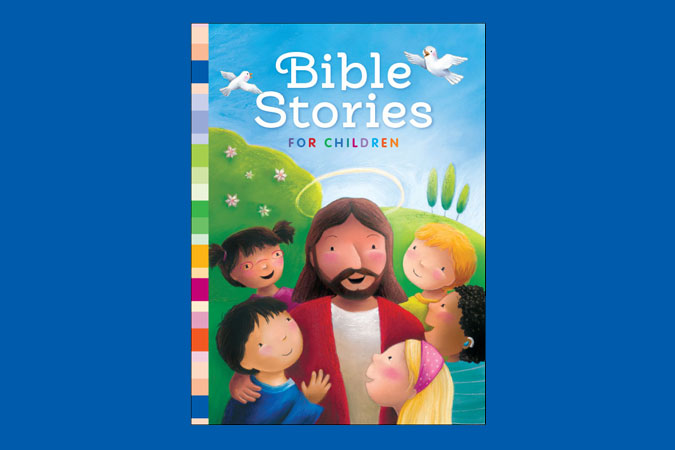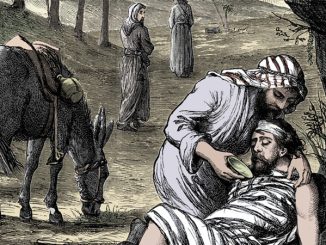Among the many popular digital entertainment apps available today are those known as “interactive story” apps in which players “enter into” a storyline that is not predetermined and make choices that determine the story’s outcome. One such game, What’s Your Story?, invites players to choose from favorite movies and TV shows and to become a character in the story, making the story their own.
The truth is, we all have a story or a narrative that we live out of and, unfortunately, many of the narratives we live out of have been thrust upon us. Too many of us are walking around with narratives that tell us that we are worthless, ugly, fat, unlovable, shameful, inferior, untalented, unreliable, uninteresting, undeserving, or incapable of happiness (to name a few) and that, in order to be happy, we need money, power, possessions, pleasure, control, popularity, success, conquest, prestige, or fame (again, just to name a few). It’s no wonder that people are drawn to games where they can create a new narrative to live within, even for a few moments.
Today, experiences such as twelve-step groups and therapy offer people a new narrative to replace the unhealthy narratives that are leading their lives into disarray, unhappiness, and, in too many cases, ruin. Recovery from any form of addiction requires a healthy self-narrative, lest the “stinking thinking” that caused the addiction in the first place reasserts itself. The Christian narrative tells us that we are born and live addicted to sin but that, in Jesus Christ, we find a path to recovery and sobriety—to a new life that is also known as salvation. What the Gospel offers, first and foremost, is a change of narrative: ours is a story of rescue, restoration, and reassurance.
For this reason, one of the prime responsibilities of catechists is to help those we teach to know our story—the narrative of salvation—so that our lives may be lived within this healthy narrative of a God who loves us and draws near to us. I have always told pre-school and kindergarten catechists that their primary job is to tell the children the stories of our faith so that they can learn to make this story their own. After all, as a result of Baptism, this story is our own!
The Bible, however, was not written for little children. As a result, we need resources that “translate” the Bible into a language that is accessible to young children. One such example is a wonderful book called, most appropriately, Bible Stories for Children, which uses vivid color illustrations to reinforce best-loved stories from the Old Testament and the New Testament. Bible Stories for Children introduces young children (ages 4–8) to key persons and concepts from the Bible, sparking a love for the living Word of God. Every story ends with a prompt to help children engage with the story and make it their own.
God wants all of his children to live within the narrative of his love so that, as we progress through life, we can join voices and confidently proclaim, in the words of the song “Blessed Assurance,” “This is my story!”





This year at St. Michael the Archangel in Hudson Fl. I and my assistant will be showing a video on Bible Stories and discussing them with our 5th grade class.
How can I order the book Bible Stories for Children
Jan, order through Loyola Press at https://store.loyolapress.com/bible-stories-for-children or call our Customer Service at 800-621-1008.
Thank you for your interest.
Denise Gorss
Catechist’s Journey Editor